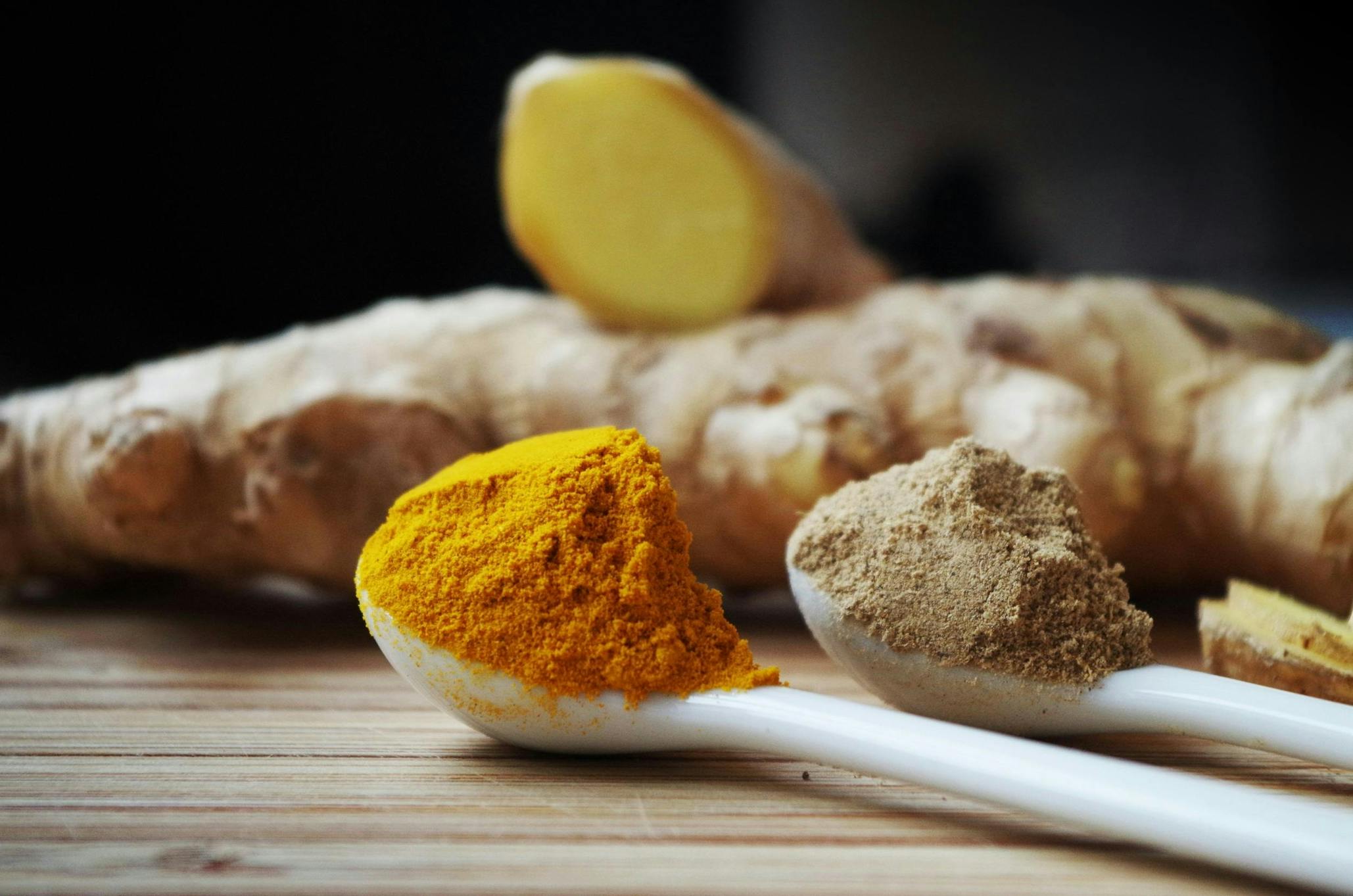
Know Your Botanicals: Ginger (plus Gin!)
From parkin to gingerbread, Indian curries to Asian stir fries, ginger beer to ginger wine, this aromatic, spicy and pungent ingredient is familiar around the world as a key element in a variety of different cuisines. But did you know it also appears in many gins – including our May Gin of the Month, Windspiel?
The ginger used as a spice – that knobbly brown collection of ‘thumbs’ you’re no doubt familiar with – is the root of Zingiber officinale, a flowering plant that originated in the tropical jungles of the Indian subcontinent. Today, India is the largest commercial producer of ginger, followed by China, Nepal, Indonesia and Nigeria. The spice was first exported to Europe as far back as the first century AD and was used extensively by the Romans. By the middle of the 16th century, Europe was importing more than 2000 tonnes per year from the East Indies.
The ginger plant grows clusters of white and pink flower buds, which turn into yellow blooms. The root – or rhizome – is traditionally harvested once the stalk withers after blooming, and it is washed and scraped to prevent it sprouting. The more mature the rhizome is when it is harvested, the drier, more fibrous and more pungent it will be.
As an ingredient, fresh ginger has a peppery flavour, with a sweet hint of lemon, and a pungent and sharp aroma. It can be used to make tea or ginger wine, or in a wide variety of Chinese, Korean, Japanese, Vietnamese and many other South Asian dishes.
Fresh young roots can also be peeled, sliced and cooked in heavy sugar syrup to create preserved or ‘stem’ ginger, which can then be dried and rolled in sugar to create crystallised ginger. Ginger roots can also be sliced very thinly and pickled in vinegar to create Japanese gari, which is often served with sushi as a palate cleanser between courses.
Powdered, dry ginger has a slightly different taste to fresh, and tends to be the kind found in traditional sweet European recipes, such as gingerbread, cakes and ginger beer.
The ginger tea recipe to the right can not only help relieve nausea, it’s also great to drink when you feel like you might be getting a cold as it’s diaphoretic tea, which means it warms you from the inside and encourages perspiration, which helps expel toxins. It is also good to drink when you don't have a cold and just want to warm up!
And for those times when tea won’t quite cut it, you’ll be pleased to know that ginger not only appears in gin, it also pairs really well with it in cocktails, as in the recipes below.
Gin Gin Mule
- 2 thumbnail-sized slices fresh root ginger
- 60 ml Windspiel Premium Dry Gin
- 15ml Freshly squeezed lime juice
- 8 ml sugar syrup (2 parts sugar dissolved in 1 part water)
- 12 fresh mint leaves
- Ginger beer to top up
2 thumbnail-sized slices fresh root ginger
60 ml Windspiel Premium Dry Gin
15ml Freshly squeezed lime juice
8 ml sugar syrup (2 parts sugar dissolved in 1 part water)
12 fresh mint leaves
Ginger beer to top up
Method:
Muddle (i.e. gently bash with a pestle or spoon) the ginger in the base of a cocktail shaker. Add the gin, lime juice, sugar syrup and mint leaves, shake with ice and strain into an ice-filled Collins glass. Top up with ginger beer. Garnish with a lime wedge and some mint sprigs.
Gin Buck
- 45ml Windspiel Premium Dry Gin
- Juice of half a lemon or lime
- Ginger ale to top up
45ml Windspiel Premium Dry Gin
Juice of half a lemon or lime
Ginger ale to top up
Fill a Collins glass with ice and add the gin and lemon or lime juice. Top up with ginger ale and briefly stir. Garnish with a lemon or a lime wedge.







